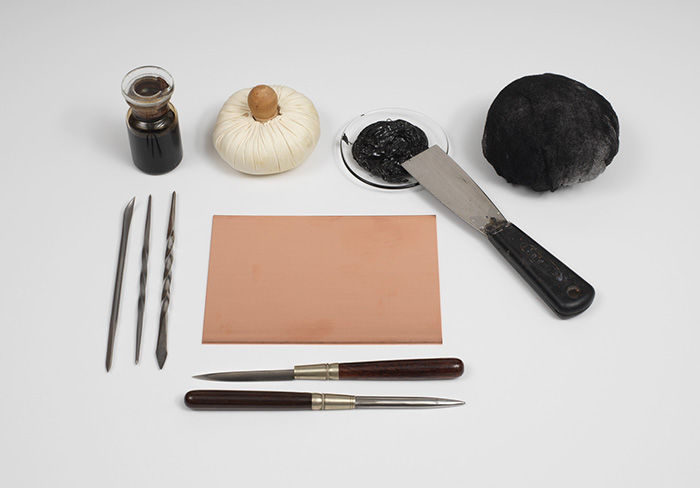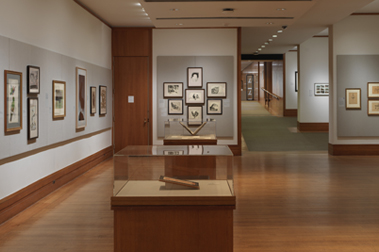Battersea Bridge
Sir Francis Seymour Haden British
Not on view
Seymour Haden was the unlikely combination of a surgeon and an etcher. Although he pursued a very successful medical career, he is mostly remembered for his etched work as well as for his writings on etching. He was one of a group of artists, including James McNeill Whistler (1834–1903) and Alphonse Legros (1837–1911), whose passionate interest in the medium led to the so-called etching revival, a period that lasted well into the twentieth century. The extolling of etching for its inherent spontaneous qualities reached its pinnacle during this time. While the line of the etching needle, Haden wrote, was "free, expressive, full of vivacity," that of the burin was "cold, constrained, uninteresting," and "without identity."
A night scene under the moonlight; the Thames and Battersea bridge seen at a distance; at right, the river bank and various sailing boats.
"First.-The bur in the hoisted sail and the reflections is removed, and a few lines of shading are added above the signature on the right."
[Source: Harrington, p. 66]
"State IV (D1, H1). A few drypoint lines of shading are added to the left of the signature. Light additional drypoint work in the sky."
[Source: Schneiderman, p. 257]

